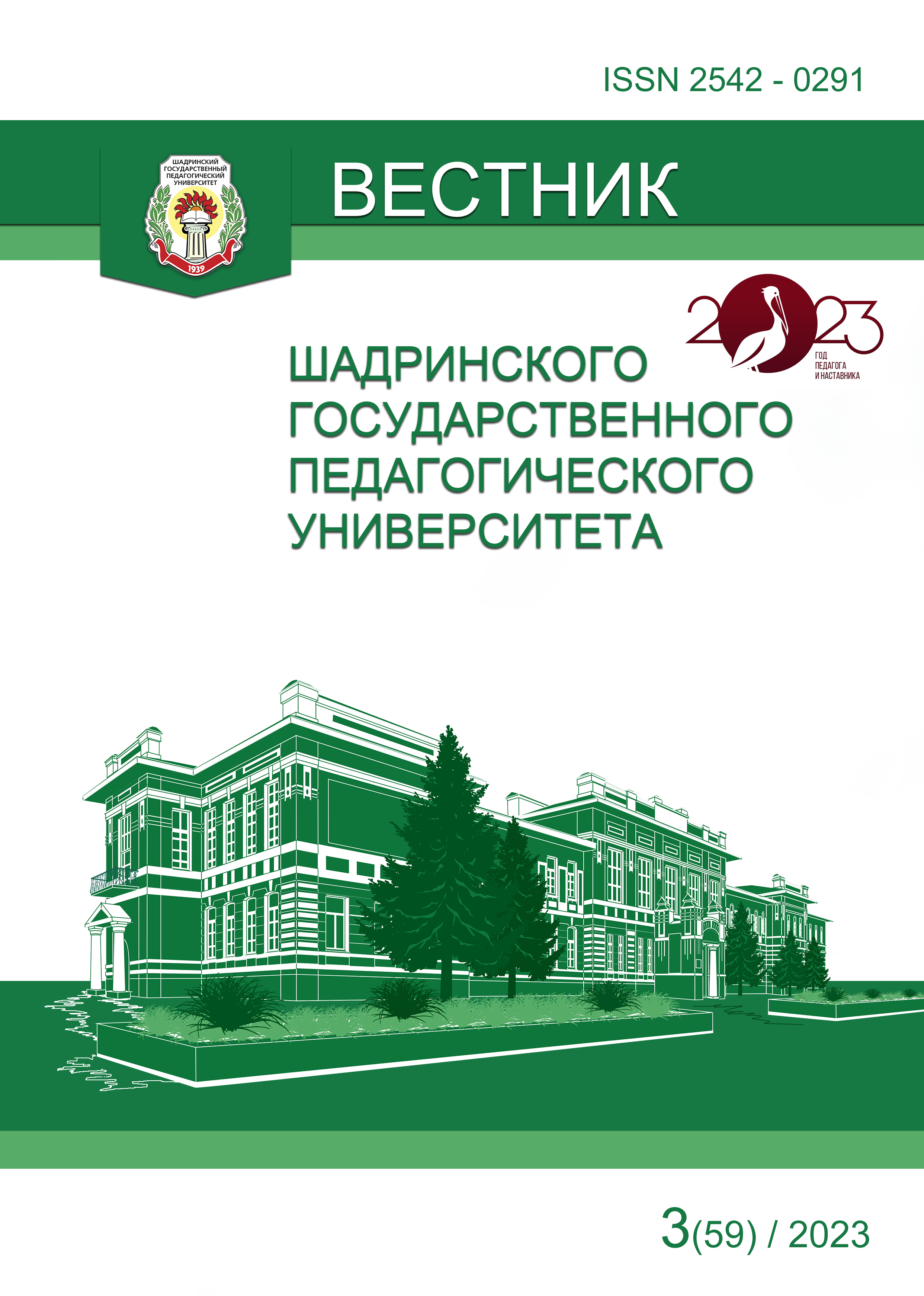Проектирование декоративного изделия из нетрадиционного материала в процессе обучения декоративно-прикладному искусству
Designing a decorative product from a non-traditional material in teaching arts and crafts
Аннотация
Статья посвящена особенностям проектирования декоративного изделия из нетрадиционного материала в процессе обучения декоративно-прикладному искусству. Отмечена проблема объединения традиционных художественных ценностей с новыми нетрадиционными выразительными возможностями материалов в процессе обучения декоративно-прикладному искусству, что позволяет не только расширить полихудожественный кругозор, но и раскрыть творческие способности каждого обучающегося, что, безусловно, окажет благотворное влияние на дальнейшее обучение, будет способствовать осознанному выбору профессии. Анализируются понятие «нетрадиционные материалы», подразумевающее применение новых материалов, инструментов и способов проектирования декоративных изделий, которые не являются общепринятыми, привычными. Рассматриваются виды нетрадиционных материалов, обеспечивающие наибольшую выразительность образа проекта декоративного изделия через разнообразие свойств и качеств применяемого материала. Особое внимание уделено использованию пенополиуретанового герметика как нетрадиционного производственного материала в процессе проектирования декоративных изделий. Выделяются характерные свойства герметизирующего материала. Раскрывается некий единый алгоритм действий при создании любого проекта декоративного изделия из пенополиуретанового герметика. При этом отмечено, что применение производственных нетрадиционных материалов для декоративно-прикладной деятельности, в частности пенополиуретанового герметика - это все примеры творческого подхода педагогов к художественному образованию, которые сходны в одном - увлечённом отношении к декоративно-прикладному искусству, стремлении внести что-то новое, нестандартное и оригинальное в личную практику обучения и воспитания обучающихся, желание достичь более высоких значимых результатов в развитии творческих качеств личности обучающихся.
The article is devoted to the peculiarities of designing a decorative product made of non-traditional material in the process of teaching decorative and applied art. The problem of combining traditional artistic values with new non-traditional expressive possibilities of materials which allows not only to expand the poly-artistic horizons but also to reveal the creative abilities of each student which will have a beneficial effect on further education, will contribute to a conscious choice of profession. The concept of “unconventional materials” is analyzed, implying the use of new materials, tools and methods of designing decorative products that are not generally accepted and familiar. The types of non-traditional materials that provide the greatest expressiveness of the image of a decorative product project through a variety of properties and qualities of the material used are considered. Special attention is paid to the use of polyurethane foam sealant as an unconventional production material when designing decorative products. The characteristic properties of the sealing material are highlighted. A certain unified algorithm of actions is revealed when creating any project of a decorative product made of polyurethane foam sealant. At the same time, it is noted that the use of non-traditional production materials for decorative and applied activities, in particular polyurethane foam sealant, are all examples of the creative approach of teachers to art education which are similar in one thing - an enthusiastic attitude to decorative and applied art, the desire to bring something new, non-standard and original into the personal practice of teaching and educating students, the desire to achieve higher significant results in the development of creative qualities of the personality of students.








